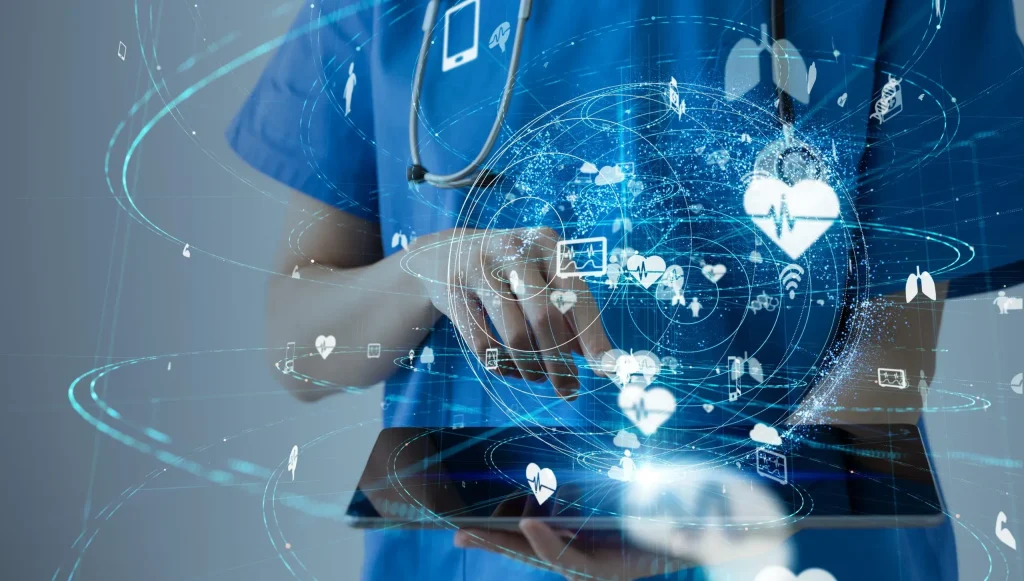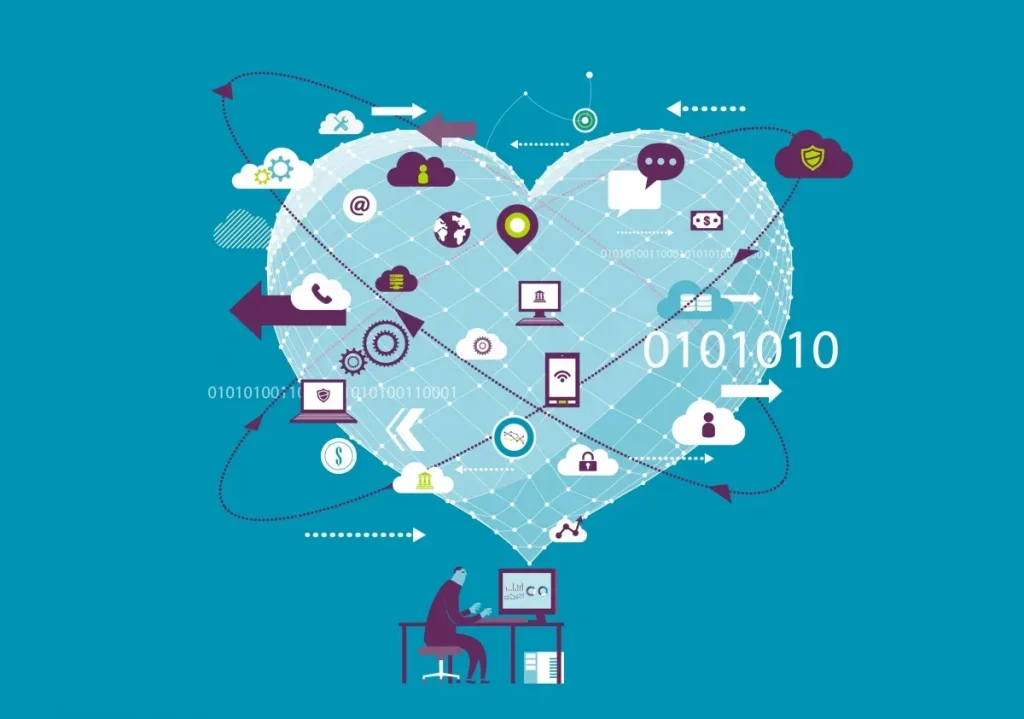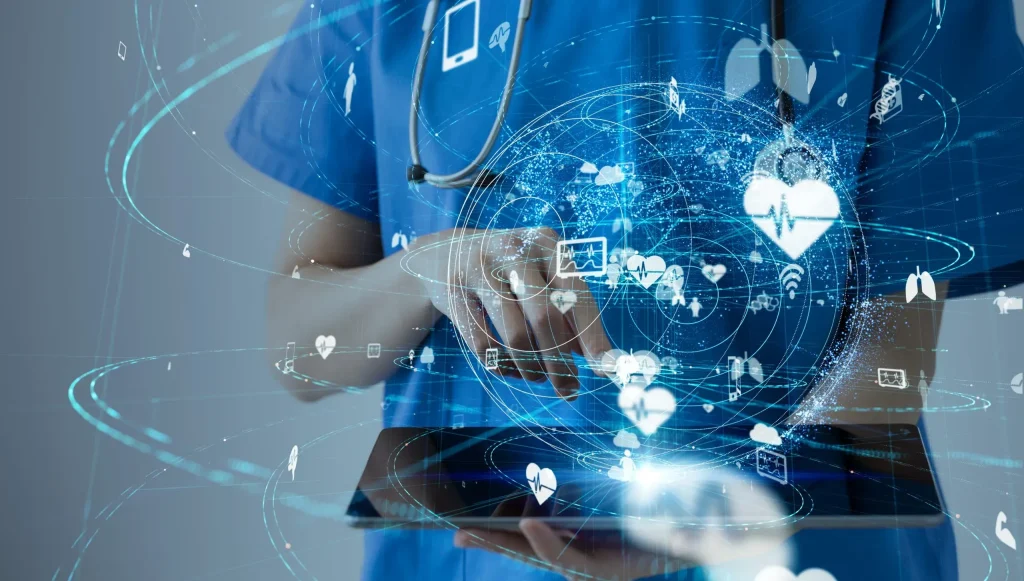Healthcare Technology is reshaping how care is delivered, expanding access, and improving outcomes. From the early days of telemedicine to today’s connected, data-driven hospital ecosystems, it has evolved into a comprehensive approach that touches every corner of modern medicine. This shift isn’t just about new devices—it’s about a layered transformation that enhances patient experiences, supports clinicians, and optimizes health systems. In this concise introduction, we explore how Healthcare Technology has progressed and what this means for patients, providers, and payers alike. As care teams adapt to these advances, patient experiences become more coordinated and outcomes more predictable.
To frame this evolution with related terms, consider connected care platforms that blend records, devices, and decision support. Smart hospitals and remote patient monitoring illustrate how real-time data and analytics guide faster, safer decision-making. This broader view highlights interoperability, governance, and cybersecurity as essential foundations of durable, patient-centered care. In short, the trend reflects a more integrated, data-driven approach to care delivery. This framing helps readers understand why investments in compatible systems, training, and governance matter for sustainable impact.
Healthcare Technology Evolution: Telemedicine to Smart Hospitals
Healthcare Technology has evolved from the early days of telemedicine to today’s connected, data-driven hospital ecosystems. Telemedicine began as a practical solution to bridge geographic barriers, enabling clinicians to consult with patients at a distance. Today, it sits at the heart of a broader digital health strategy that includes electronic health records, patient portals, telemonitoring, and data analytics designed to improve decision-making and outcomes. Interoperability—achieved through standards like FHIR and HL7—amplifies the value of telemedicine by providing real-time access to a patient’s history, medications, and risk factors, and it supports safer, more coordinated care in a digitized health system.
As digital health matures, the focus expands to a unified ecosystem where RPM, wearable devices, cloud analytics, and smart hospital infrastructure work in concert. A digital backbone connects EHRs, imaging, laboratories, and incident reporting with real-time data streams from sensors and asset-tracking devices. The result is safer, more efficient care with fewer delays and more consistent outcomes across settings. In this evolution, Healthcare Technology moves from isolated telemedicine encounters to integrated, patient-centered care that leverages AI in healthcare, digital health tools, and remote monitoring to optimize workflows and outcomes for patients, clinicians, and payers alike.
AI-Driven Care Across Telemedicine, RPM, and Smart Hospitals
Artificial intelligence in healthcare encompasses machine learning for imaging, natural language processing for chart reviews, and predictive models that forecast complications before they occur. When integrated with telemedicine, remote patient monitoring, and smart hospital infrastructure, AI serves as a force multiplier—enhancing accuracy in diagnoses, supporting timely interventions, and guiding therapy choices based on large-scale data. AI-powered clinical decision support helps clinicians interpret complex data at the point of care, reducing errors and accelerating evidence-based treatment.
Beyond direct patient care, AI enables population health management, risk scoring, and proactive outreach that improves outcomes while supporting operational efficiency. As healthcare organizations adopt AI in tandem with digital health strategies, they must address privacy, cybersecurity, and governance to ensure responsible use. Aligning AI with interoperable systems, robust data protection, and patient-centered design can help extend telemedicine and RPM benefits into scalable, value-based care delivered through smart hospitals that optimize resources and elevate the standard of care.
Frequently Asked Questions
How does Healthcare Technology expand access to care using telemedicine and remote patient monitoring?
Healthcare Technology leverages telemedicine to deliver video visits and remote consultations, expanding access for rural and urban patients. Remote patient monitoring uses connected devices to transmit vitals to clinicians in near real time, enabling timely interventions and reducing unnecessary clinic visits. Alongside digital health platforms and interoperable data exchange (FHIR/HL7), these tools create a continuous care network that supports patients, clinicians, and payers while maintaining strong data security.
What roles do smart hospitals and AI in healthcare play within Healthcare Technology to improve safety and outcomes?
Smart hospitals provide an integrated digital backbone that connects EHRs, imaging, labs, and real-time data from sensors and assets, enabling real-time decision support, predictive analytics, and automated workflows. AI in healthcare drives imaging analysis, NLP for chart reviews, and risk-based models that turn data into actionable care. Within a digital health ecosystem, these innovations enhance patient safety, reduce clinician burden, and optimize resource use, while underscoring the importance of privacy and cybersecurity.
| Section | Key Points | Examples / Details | Impact / Stakeholders |
|---|---|---|---|
| Introduction | Healthcare Technology reshapes care delivery, expands access, and improves outcomes; has evolved from telemedicine to data-driven hospital ecosystems; represents a layered transformation that benefits patients, clinicians, and payers. | From telemedicine to smart hospitals; comprehensive, data-driven approach across modern medicine | Patients, Clinicians, Health Systems, Payers |
| The Foundations: Telemedicine and Beyond | Telemedicine bridges geographic barriers and now includes video visits, remote diagnostics, and virtual care coordination. | Rural access; urban specialty access; reduced clinician travel; flexible scheduling | Patients, Clinicians, Health Systems |
| Interoperability & Standards | Interoperability enables secure, efficient data exchange using standards like FHIR and HL7; reduces fragmentation and enhances care coordination. | Real-time access to history, medications, risk factors | Organizations, Clinicians, IT & Data Teams, Payers |
| The Rise of Digital Health & Data as a Core Asset | Digital health includes patient engagement platforms, wearables, mobile apps, decision support, and cloud analytics; emphasizes data security and governance; balancing innovation with privacy. | Proactive care, patient engagement, governance, risk management | Patients, Providers, IT, Compliance |
| From Telemedicine to Remote Patient Monitoring | Remote patient monitoring uses connected devices to collect and transmit health data outside clinics; enables near real-time review and timely interventions; improves chronic-condition control and quality of life. | Devices: glucose meters, BP cuffs, oximeters, weight scales; dashboards; alerts | Patients, Clinicians, Care Teams |
| Smart Hospitals: Integrated Systems | Smart hospitals connect EHRs, imaging, labs, and incident reporting with real-time data from sensors and wearables to enable decision support and automation. | CDSS, Predictive Analytics, Automated Workflows, Robotics, Asset Monitoring | Patients, Clinicians, Health Systems, IT |
| AI in Healthcare: From Data to Decisions | AI enables ML in imaging, NLP for chart reviews, and predictive models; augments decisions and, when integrated with other tech, acts as a force multiplier for safety and efficiency. | Radiology analysis, early disease detection, treatment path recommendations | Providers, Patients, IT/Data Science Teams |
| Challenges, Opportunities, & Responsible Adoption | Privacy and cybersecurity; interoperability gaps; digital divide; reimbursement/policy; change management; opportunities in governance, safety standards, and user-centered design. | Governance, risk assessments, transparent communication strategies | Organizations, Clinicians, Patients, Payers |
| Practical Considerations for Healthcare Leaders | Start with clear goals; prioritize interoperability; build patient-centered programs; invest in cybersecurity; measure outcomes. | Goal-driven implementations; open standards; usability and security focus; metrics | Leadership, Clinicians, IT, Compliance |
| The Future of Healthcare Technology | Healthcare Technology will be more pervasive, personalized, and proactive; powered by 5G, edge computing, wearables, ambient intelligence; AI-driven analytics; ongoing emphasis on patient engagement and smart hospital evolution. | Future-ready capabilities; integrated insights; proactive care | All Stakeholders |
Summary
Healthcare Technology implementations span telemedicine, RPM, digital health, and smart hospital ecosystems to deliver safer, more accessible, and efficient care. As interoperability, governance, and cybersecurity mature, organizations can realize higher-quality outcomes with patient-centered design and value-based models.




